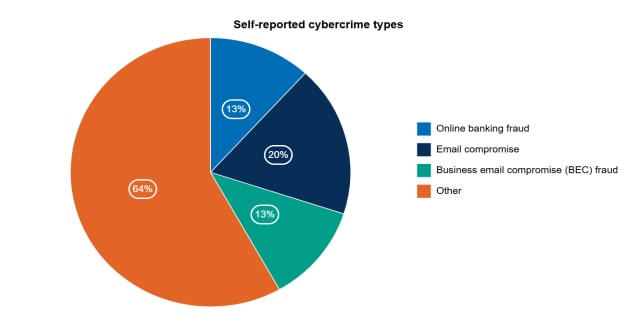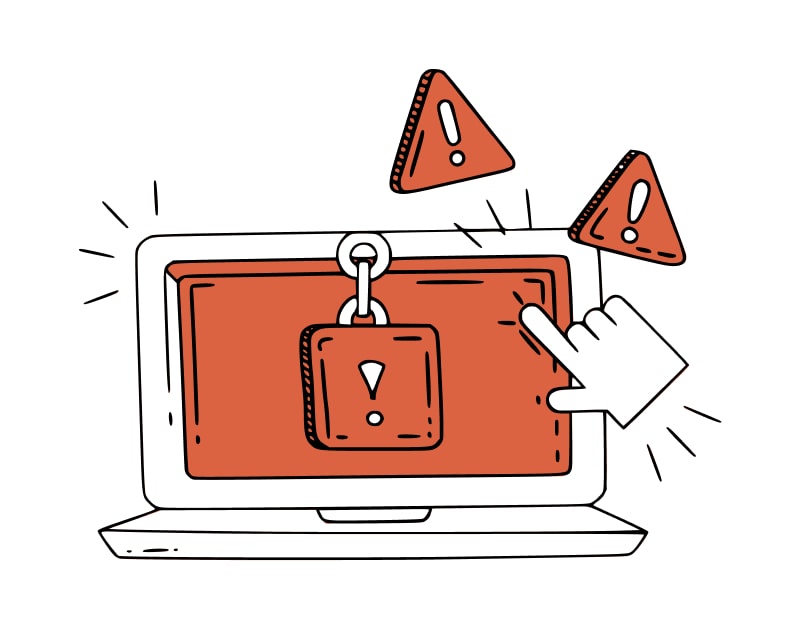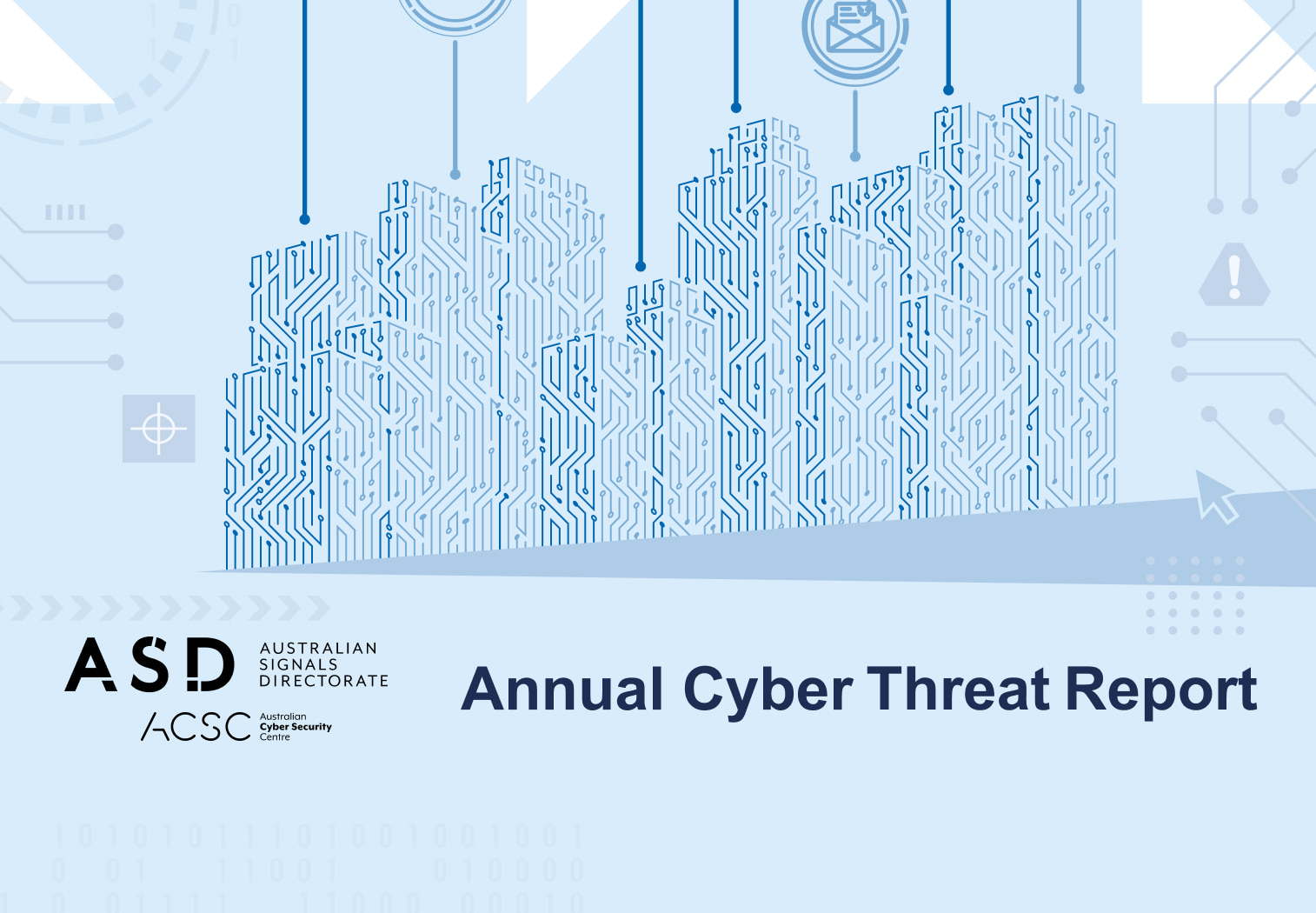In this article
In March 2023, Latitude Financial, a major Australian financial services company, fell victim to a sophisticated social engineering attack that compromised approximately 14 million customer records.
The incident, which began with a successful employee credential theft through a third-party vendor, demonstrated a crucial reality: while technical security measures are essential, human behavior remains the critical factor in cyber security.
The financial data breach, affecting nearly 60% of Australia’s adult population, didn’t stem from a failure of technical defences – it originated from sophisticated social engineering tactics that exploited human vulnerabilities. The incident highlighted how modern cyber attacks are increasingly targeting the human element rather than focusing solely on technical exploits.
As we move through 2025’s changing threat landscape, organisations need to understand that employees can be turned from potential weaknesses into trained warriors through effective user awareness training. This training must adapt to address changes in the cybersecurity landscape and regulatory requirements.
The new approach to security awareness is about more than just helping them to identify and respond to threats better – it’s about changing behaviour and creating sustainable security habits in a rapidly changing digital world and protecting your company’s reputation through cyber awareness training is as critical a component as securing the data or network.
What is Security Awareness Training?
Security awareness training is a holistic educational program that equips employees, business leaders, vendors and other stakeholders with the knowledge and skills to identify, understand and mitigate cyber threats.
It creates a security aware culture within an organisation so everyone is aware of the risks associated with digital connectivity and technology use. It covers a wide range of topics including recognising phishing attempts, strong password practices, identifying malware and following company security policies and procedures.
By educating employees on these key areas you can improve your organisation’s overall cyber security posture. It is crucial to tailor the training to the varying levels of cybersecurity awareness among employees to ensure everyone receives the appropriate level of instruction.
Why is Security Awareness Training Important?
In today’s digital landscape, where cyber threats are becoming increasingly sophisticated and frequent, security awareness training is more crucial than ever. Human error remains a significant contributor to security breaches, with over 90% of incidents involving some form of human mistake. This stark statistic underscores the importance of educating employees on cybersecurity best practices.
Security awareness training helps to minimize the risk of human error by equipping employees with the knowledge and skills to identify and prevent potential threats. By understanding the importance of cybersecurity, employees can take proactive steps to protect sensitive data, prevent financial losses, and maintain customer trust. Investing in security awareness training is not just about compliance; it’s about building a resilient organization that can withstand the evolving threat landscape.
Top Security Awareness Training Topics
Passwords and Authentication
Passwords and authentication are the first barrier to entry in cyber security. Employees need to know the importance of good password practices to stop unauthorised access. This means unique and complex passwords, no password reuse and 2FA.
Security awareness training should cover the risks of weak passwords, phishing and password cracking and provide practical tips on how to create and manage strong passwords. By getting employees to adopt these habits you can reduce the risk of data breaches by a lot.
Physical and Mobile Device Security
Physical and mobile device security is often overlooked but is key to preventing data breaches.
Employees need to know the risks of lost or stolen devices and the importance of keeping software and operating systems up to date. Security awareness training should cover best practices for securing devices, such as encryption, password or biometric authentication and backing up data. By understanding these principles employees can protect sensitive information even when working remotely or on the go.
Online Security
Online security is the foundation of cyber security and employees need to be aware of the risks of online activities. This means being aware of phishing, malware and social engineering. Security awareness training should cover best practices for online security, such as avoiding suspicious emails and attachments, using strong passwords and keeping software and operating systems up to date.
Employees should also be trained to identify and report potential security threats, such as suspicious emails or websites. By giving employees this knowledge you can build a strong defense against online threats and protect sensitive data and customer trust.
By covering these top security awareness training topics you can get your employees to know and do to prevent security threats. This protects sensitive data and customer trust and your company’s reputation.
Best Practice for Security Awareness Training
Best practices for security awareness training is to make it a continuous process not a one time event.
Training should be delivered regularly, in small doses to fit into employees’ busy schedules. Positive reinforcement and humour works better than fear based or boring messaging to improve retention of critical security topics. Selecting training materials and platforms that suit the learning styles and technological skills of the workforce is crucial to ensure effective training.
Organisations should use a variety of training methods, interactive training, phishing simulations, and knowledge assessments. Training should be tailored to the organisation’s specific needs and industry and include real life examples and case studies to make the training more engaging and relevant.
The Psychology of Security Training
Understanding the psychology of security behaviour is key to building effective awareness programs.
Research consistently shows that traditional compliance-focused training often falls short because it fails to address how people actually make security decisions in real-world situations. Employees’ ability to make informed security decisions significantly impacts overall security. According to the 2024 Verizon Data Breach Investigations Report, despite increased security awareness training, human error still contributes to over 68% of security breaches.
Successful security awareness programs use these key psychological principles:
Cognitive Load Management: Information is presented in bite sized chunks that employees can easily process and retain. Instead of overwhelming staff with long annual sessions, modern approaches use short focused training sessions with relevant content in 5-10 minute segments.
Social Proof: Programs show good security behaviour within the organisation, so good security becomes the norm. When employees see colleagues participating in security initiatives they’re more likely to participate themselves.
Motivation Through Autonomy: Effective programs give employees control over their security decisions not just rules. This helps staff understand the why behind security practices and leads to better retention and application of security principles.
Measuring Training Effectiveness: Beyond Completion Rates
Traditional metrics like completion rates and quiz scores don’t give you much insight into program effectiveness. Making sure employees understand and follow specific security practices requires more advanced measurement approaches that track actual behaviour change:
Security Behaviour Indicators (SBIs):
- Phishing simulation response rates
- Security incident reporting frequency and quality
- Password management practices
- Data handling compliance
- Multi-factor authentication adoption rates
Risk Reduction Metrics:
- Reduction in successful phishing attempts
- Decrease in security incidents
- Faster incident response times
- Improved threat recognition rates
Financial Impact Measures:
- Security awareness training meets compliance requirements and makes financial sense by reducing incident remediation costs
- Lower insurance premiums
- Less downtime costs
- Positive ROI on security investments
Industry Specific
Different industries often have more complex compliance and data protection standards that require a niche approach to security awareness. Common practices and procedures typically found in different industries include specific training modules tailored to their unique requirements.
Healthcare: Training must be industry specific by addressing the requirements around patient data privacy and the Australian Privacy Principles. Programs should focus on practical scenarios involving patient information handling, password security and medical device security.
Financial Services: With the rise of banking trojans and payment fraud awareness programs for financial fraud must focus on transaction verification procedures and customer data protection protocols aligned with APRA requirements.
Manufacturing: As operational technology systems become more connected, awareness training needs to address both IT and OT security, supply chain cyber risks and industrial control system security.
ROI and Measurable Business Impact
The business case for user awareness training becomes clear when you look at the numbers. According to recent ACSC data the average cost of a data breach in Australia is now over $3.5 million. Various cyber threats can happen, from common phishing attacks to sophisticated zero-day exploits, but adapting and modifying training programs to the changing cyber security landscape can reduce these risks and provide measurable returns.
Here are the key financial benefits:
- Reduced incident response costs: Organisations with mature training programs spend 50% less on breach remediation.
- Lower insurance premiums: Many cyber insurers offer discounted rates for organisations with documented security awareness programs
- Improved operational efficiency: Well trained employees spend less time dealing with security incidents and more time on productive work
- Enhanced compliance: Regular training helps meet regulatory requirements and avoid costly fines
AI Driven Challenges
The threat landscape has changed significantly with the rise of AI. Attackers are now using AI generated phishing emails that are becoming harder to detect. Deepfakes enable convincing voice impersonations of executives and privileged users. Automated systems are generating highly targeted spear phishing campaigns.
These advanced threats require advanced training. Modern awareness programs need to prepare employees for AI enabled social engineering attacks, teach them to verify requests through multiple channels and recognise subtle signs of manipulation. Cybersecurity awareness is a journey that requires ongoing training and education to engage employees.
Remote Work Security Challenges and Data Breaches
The permanent shift to hybrid work has expanded the attack surface. Unsecured home networks, personal devices used for work by remote employees and the blurring of personal and professional digital boundaries are creating new vulnerabilities that traditional security can’t address.
Modern training programs need to include scenarios specific to remote work, covering:
- Secure home network configuration
- Safe use of personal devices for work tasks
- Recognition of domestic environment security risks
- Clear separation of work and personal digital activities in the day
Integration with Existing Security Frameworks
Security awareness training doesn’t exist in isolation – it must integrate with existing information security policy frameworks and business processes:
Alignment with Risk Management: Training priorities should reflect the organisation’s risk assessment and security objectives. Lack of resources can hinder effective security awareness training so make sure you allocate resources to the biggest threats.
Alignment with Technical Controls: Awareness training should sit alongside technical security controls, creating multiple layers of defence. For example, email security tools work alongside phishing awareness training to create comprehensive email protection.
Support for Incident Response: Training should reinforce incident response procedures so employees know their role in security events and how to escalate concerns.
Creating a Security Culture
Creating a security aware culture means more than just training sessions and security audits – it means a whole of organisation approach to security awareness:
Leadership Engagement: Executive buy-in and visible participation in security initiatives shows employees how important it is. Leaders should model good security behaviour and communicate their security commitment regularly.
Positive Reinforcement: Recognition programs that reward security conscious behaviour, such as using strong, random passwords and reporting suspicious activity, will keep employees engaged and motivated. This could be security champions programs or rewards for reporting suspicious activity.
Continuous Communication: Security updates, newsletters and casual conversations keep security front of mind without overwhelming employees.
Choosing the Right Training Partner
When choosing a security awareness training provider organisations need to look beyond the basics to find a partner that can deliver lasting behavioural change.
Key things to consider are engaging, regularly updated content that reflects current threats, comprehensive analytics and reporting, adaptive learning paths that respond to individual performance, seamless integration with existing security infrastructure and for Australian organisations, local support and understanding of regulatory requirements.
The provider should have a proven track record of successful implementations and clear metrics to measure programme success.
Empower Your Employees: What’s Next
The distinction between human and technical security measures continues to blur as cyber threats evolve. Successful organisations in 2025 and beyond will be those that effectively integrate both elements, creating a unified defence strategy where well-trained employees complement technical controls.
Today’s most effective security awareness programmes leverage psychology-driven, continuous training that transforms security awareness from a compliance checkbox into a fundamental business capability – one that demonstrably reduces incidents and delivers measurable returns on investment.
Take the first step toward strengthening your organisation’s cyber resilience by evaluating your current security awareness programme. TechBrain’s proven methodologies and locally relevant content drive real behavioural change, helping Australian organisations build a sustainable security culture that protects against evolving threats.
Contact us to learn how our customised training solutions can elevate your security posture and create lasting positive change in your organisation’s security awareness.





